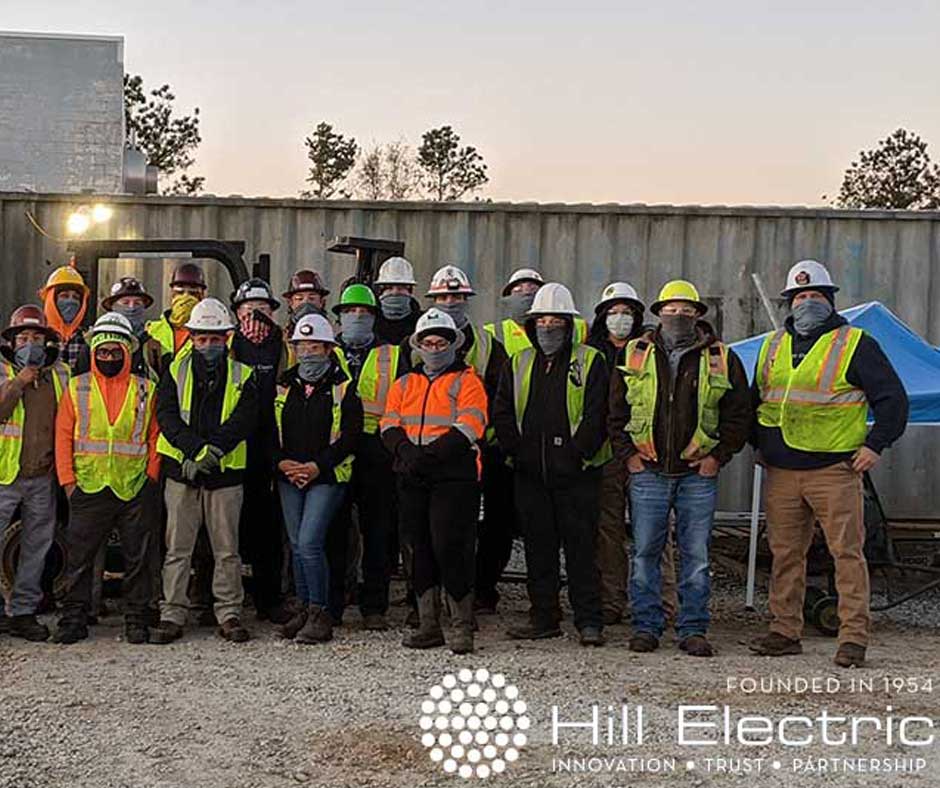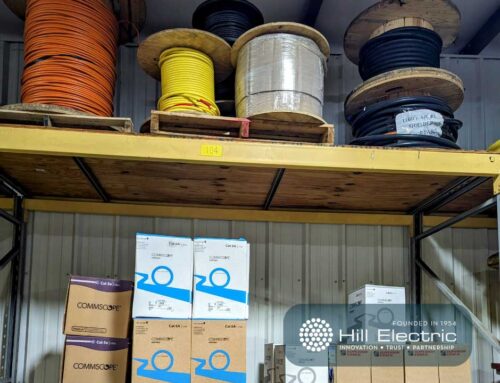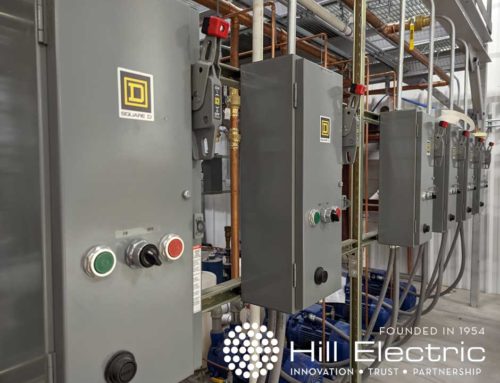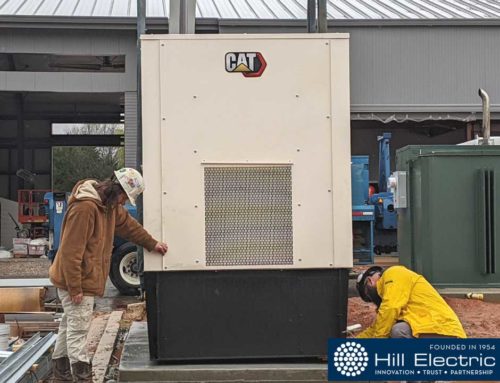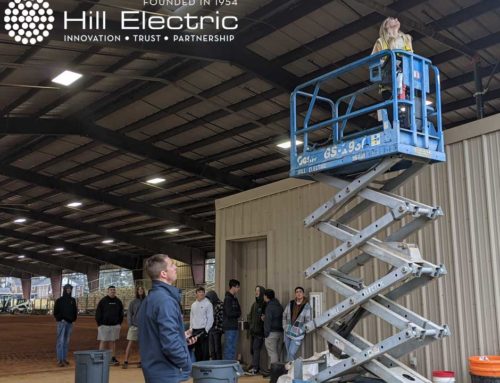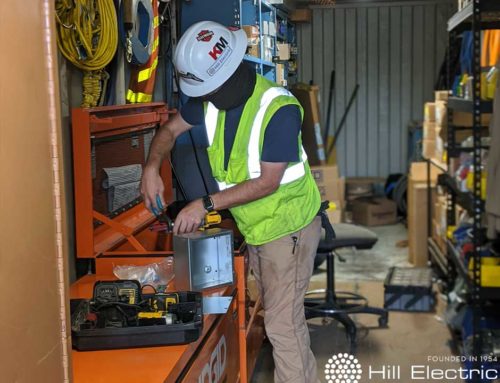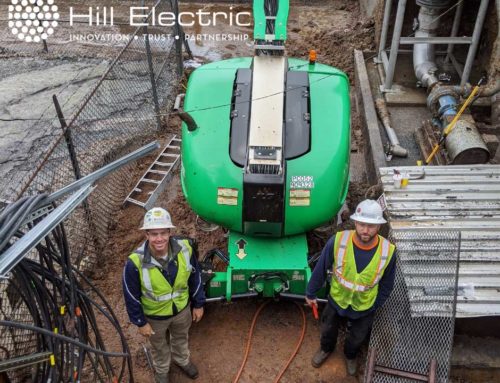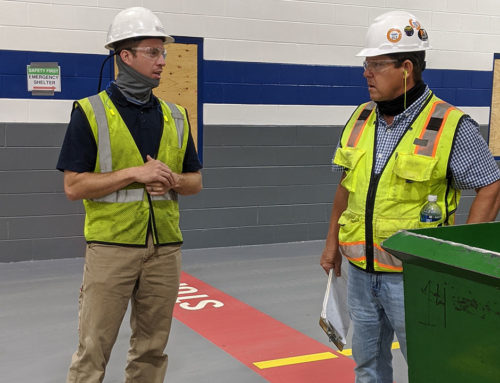When the weather begins to cool and the days become shorter, many in the Upstate are thinking about holiday shopping and time at home baking family recipes. While we at Hill Electric also eagerly anticipate the holidays and are planning for family meals and gift exchanges, we have an added layer of planning for the season ahead that many do not consider; in fact, it has nothing to do with shopping or wintry wonderlands.
Instead, when the rest of the Upstate is slowing down, we’re gearing up for manufacturing facility “shutdowns”— when the manufacturer must close a line (or the entire business) in order to install new machinery, update equipment, or perform maintenance on existing equipment.
“Christmas, summer breaks, Easter … all of these times are extremely busy for us, but we understand that this is a cornerstone of our business and prepare accordingly,” says Casey Johnson, VP of Estimating and Internal Operations.
Preparing for a company shutdown is crucial. Weeks or even months ahead of time, the Hill Electric team meets with clients to discuss timelines and what else may be happening at the plant during the shutdown. We understand that this initial “meeting of the minds” is critical for the customer, as delays in production can cost the company millions. Therefore, it’s important that all details are ironed out so that the shutdown stays on schedule.
After expectations have been set with the customer, the Hill Electric team then meets to plan out every detail of the project. No matter if the job requires only a few hours of work or several weeks, we strategize to put the right team with the right skillset in place; and if there is research involved, the team shows up prepared.
Each job can vary in scope which might require two to 30 team members at one site. We perform all kinds of jobs during this time: installing compressors to dust fans, pulling copper cable to fiber, installing and cleaning switchgears, installing chillers to loading dock fans. And all the while still making time for training at local career centers and staying involved in the community.
“By the time we start the shutdown, we’re like a well-oiled machine, already understanding each person’s role and place,” says Trey Thomas, President and Chief Operating Officer. “There’s no planning at that point—only acting in order to get the job done.”
Once the necessary work is complete, the team lead performs a walkthrough with the client to ensure a satisfactory job. And finally, the manufacturer can get back to business.

